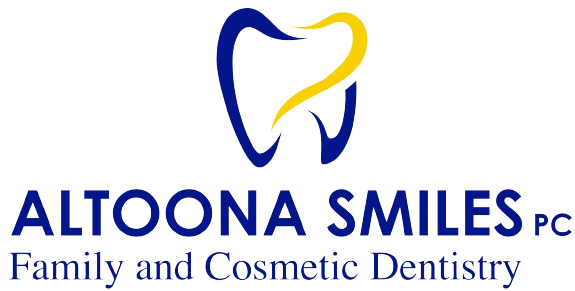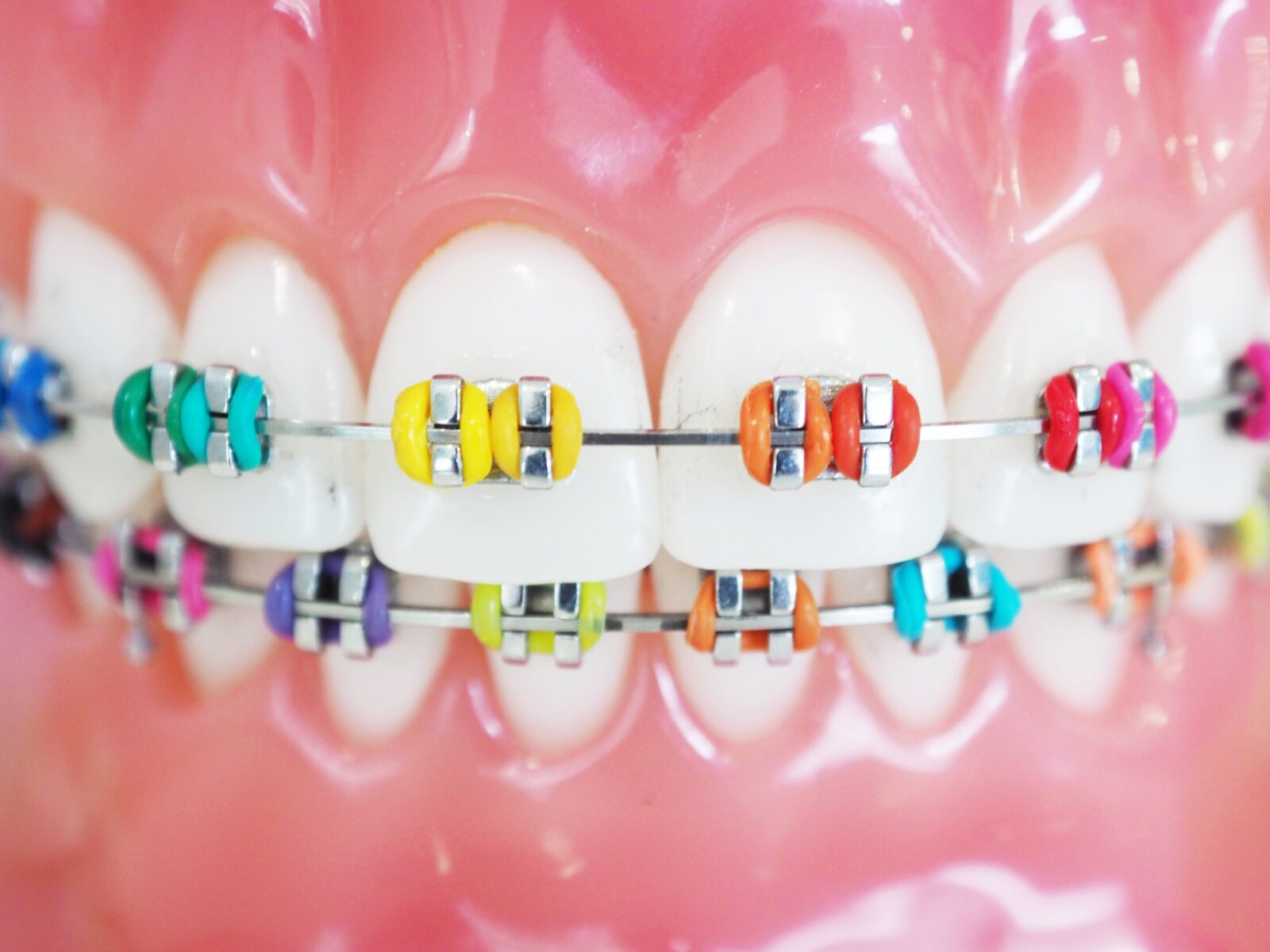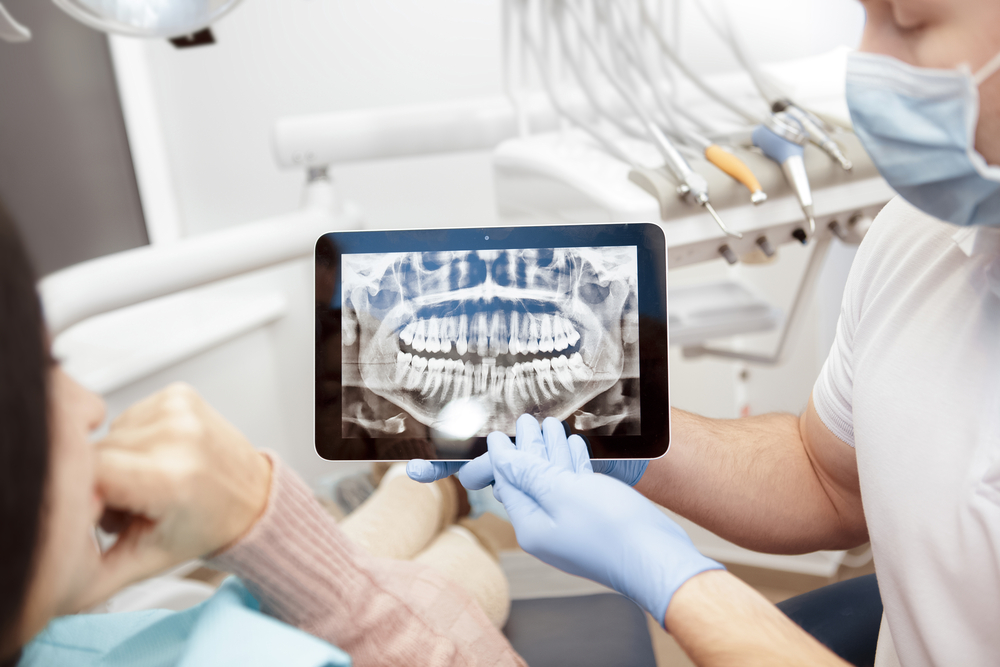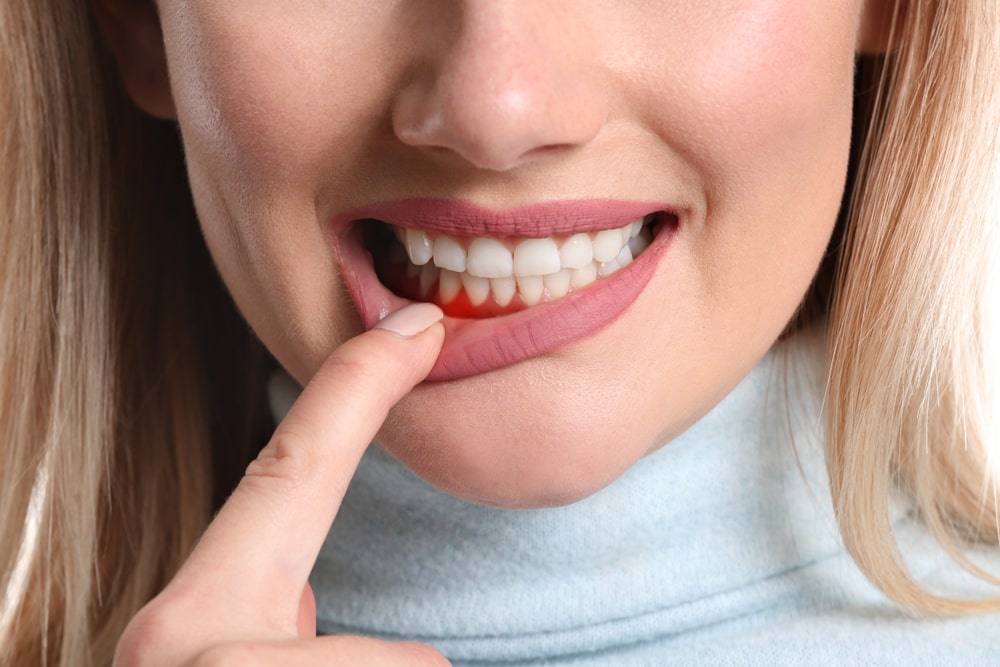Orthodontic treatment is an investment in your smile and oral health. Whether you have braces, aligners, or other orthodontic appliances, it’s essential to prioritize proper dental care during this time. The presence of brackets, wires, or aligners can make oral hygiene a bit more challenging, but with the right techniques and habits, you can maintain a healthy mouth and achieve excellent treatment results. In this blog, we will guide you through the essential steps and tips on how to care for your teeth during orthodontic treatment, ensuring a beautiful smile that lasts a lifetime.
Brushing Techniques
During orthodontic treatment, it’s important to implement specific brushing techniques to effectively clean your teeth and braces. Here are some brushing techniques that should be used:
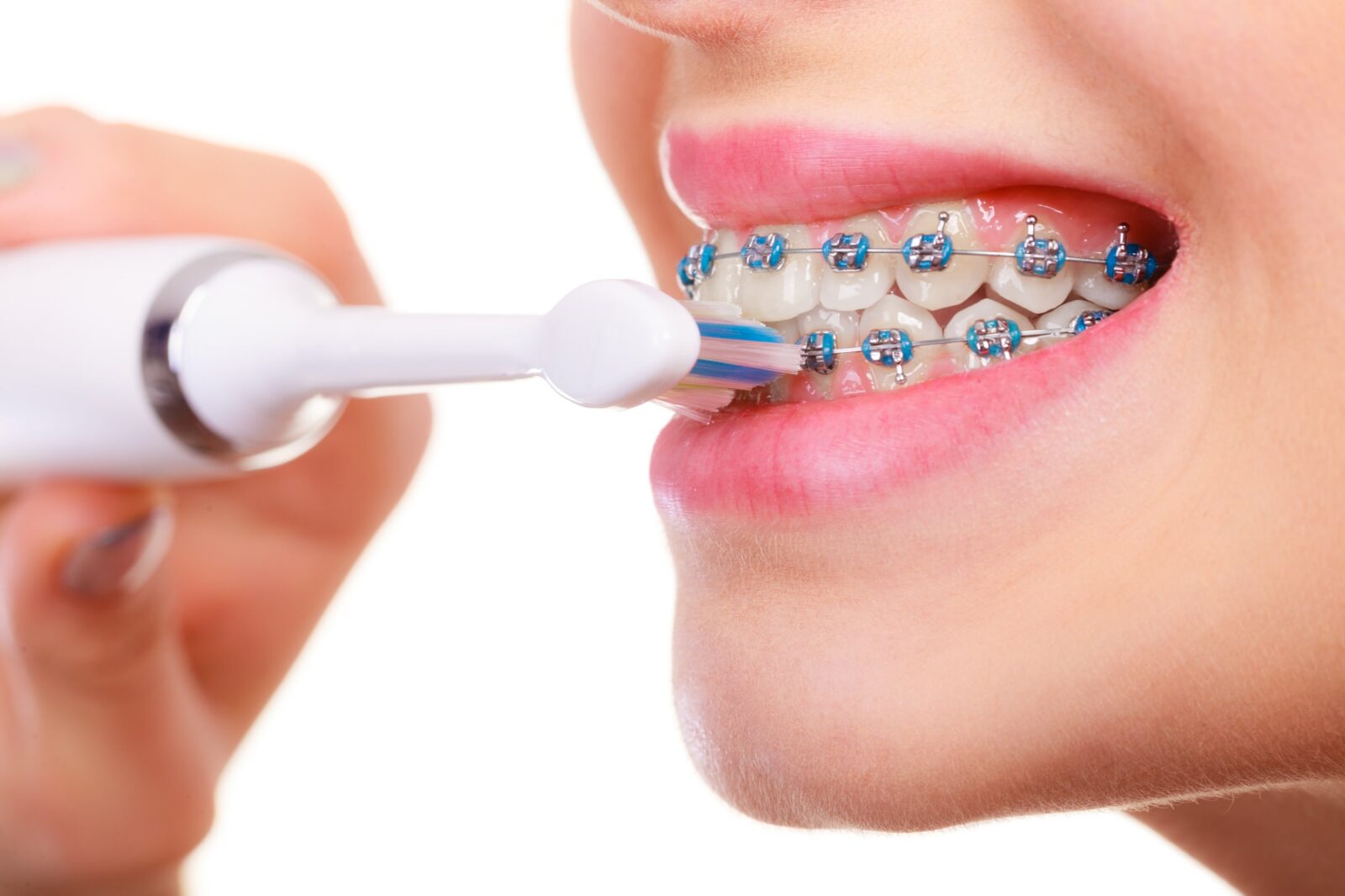
- Use a Soft-Bristle Toothbrush: Opt for a toothbrush with soft bristles to avoid damaging the brackets or wires. Hard bristles can cause discomfort and wear down the enamel.
- Brush after Every Meal: Aim to brush your teeth after each meal to remove food particles and plaque. This helps prevent the accumulation of bacteria and reduces the risk of tooth decay.
- Angle the Bristles: Hold your toothbrush at a 45-degree angle against your teeth and gums. This allows the bristles to reach under the wires and around the brackets, ensuring thorough cleaning.
- Gentle Circular Motions: Use gentle, circular motions to brush the surfaces of your teeth. Avoid scrubbing too vigorously, as it may cause irritation or damage to the braces.
- Pay Attention to Each Tooth: Give individual attention to every tooth, focusing on both the front and back surfaces. Brush along the gum line as well to remove plaque and bacteria.
- Clean the Brackets and Wires: Take extra care to clean around the brackets and wires. Angle the toothbrush to reach the area between the brackets and gums, as food particles tend to accumulate there.
- Use Interproximal Brushes or Proxy Brushes: These small, cone-shaped brushes can be helpful in reaching tight spaces between the wires and teeth. Gently insert the brush and clean between each tooth.
- Rinse Thoroughly: After brushing, rinse your mouth thoroughly with water to remove any leftover toothpaste or debris.
Remember to brush your teeth for at least two minutes each time, twice a day, in addition to post-meal brushing. Regular and diligent brushing techniques will help maintain good oral hygiene and ensure the success of your orthodontic treatment.
Flossing and Interdental Cleaning
Flossing can be a bit more challenging during orthodontic treatment, but it is crucial to keep your gums and teeth healthy. Here are some flossing techniques that should be used:
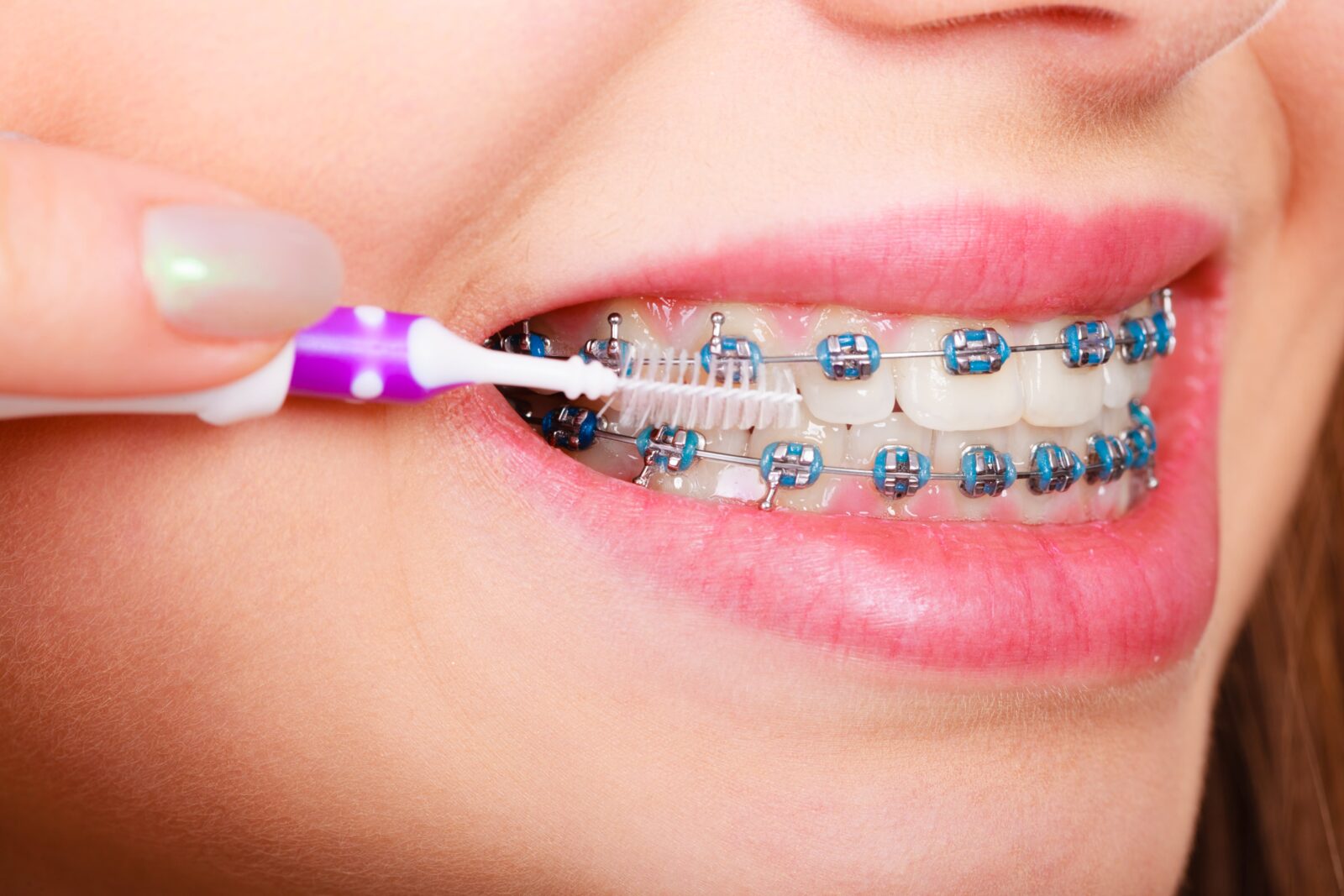
- Floss Threader: A floss threader is a small, flexible plastic tool that helps guide the floss under the wires of your braces. Thread the floss through the loop of the threader, then insert the threader under the wire and pull the floss through.
- Use Wax-Coated Floss: Opt for wax-coated floss, as it easily glides between your teeth and braces without getting caught. Unwaxed floss may fray or shred, making it difficult to maneuver.
- Gentle and Patience: Be patient and gentle when flossing with braces. Take your time to carefully maneuver the floss around the brackets and wires, ensuring you reach the gum line for a thorough clean.
- Clean Between Each Tooth: Slide the floss gently up and down between each tooth, making a C-shape around the side of each tooth. Be cautious not to snap the floss, which may dislodge the wire or break the bracket.
- Interdental Brushes: Interdental brushes, also known as proxy brushes, can be used to clean between the teeth and around the brackets. Insert the brush between the teeth and gently move it back and forth to remove plaque and debris.
- Water Flosser: Consider using a water flosser, such as a Waterpik, to supplement your flossing routine. The pulsating water stream helps flush out food particles and plaque from hard-to-reach areas.
- Rinse and Inspect: After flossing, rinse your mouth with water to remove any remaining debris. Use a mirror to inspect your teeth and braces, ensuring they are clean and free from food particles.
Remember to floss at least once a day, preferably before bedtime, to maintain optimal oral hygiene. If you experience difficulties or have specific questions about flossing with braces, don’t hesitate to consult your orthodontist or dental professional for guidance.
Dietary Considerations
During orthodontic treatment, it’s important to make dietary considerations to protect your teeth and maintain good oral health. While some of these guidelines only apply to those with metal braces, here are some dietary guidelines to follow:
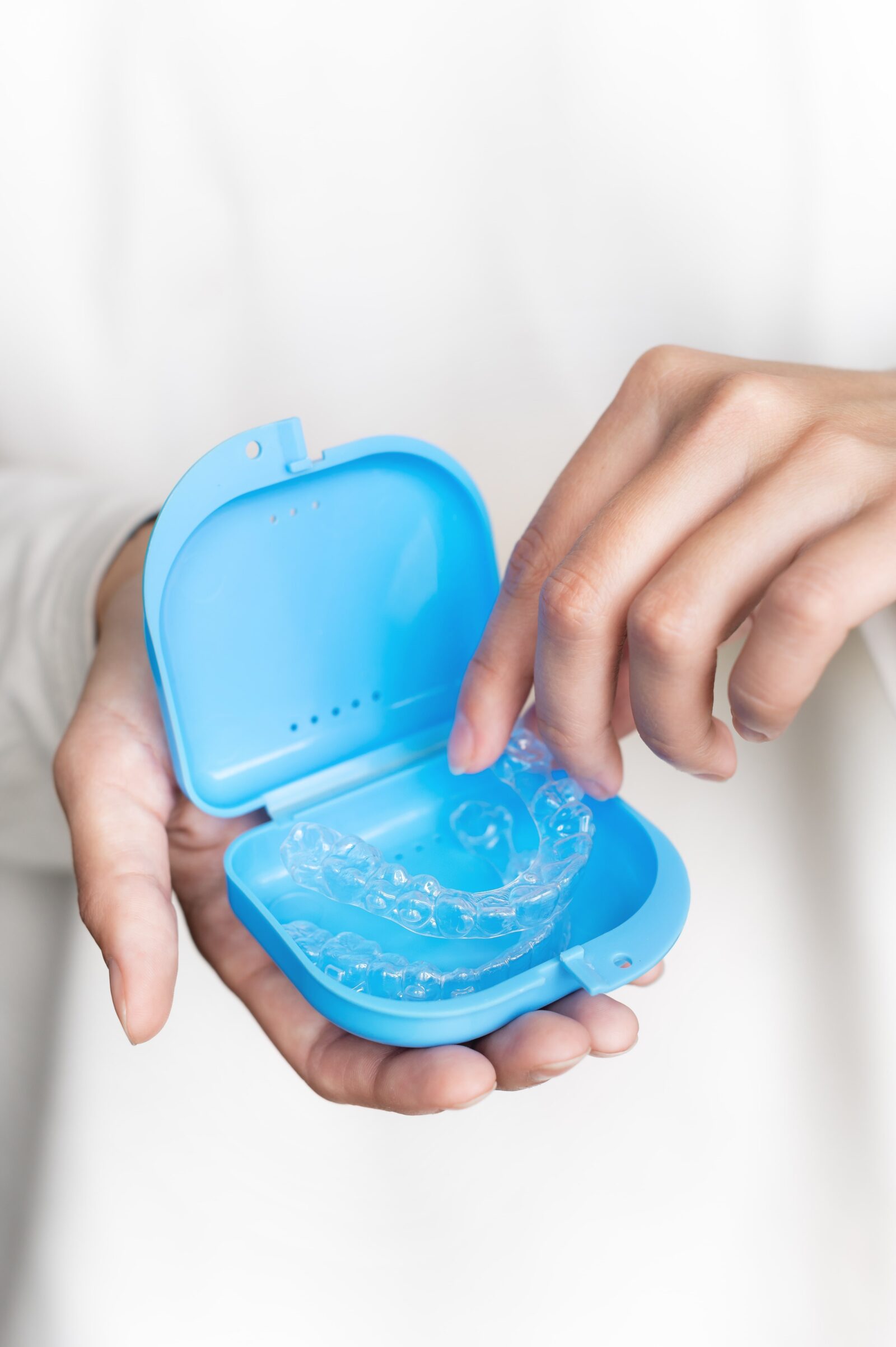
- Avoid Sticky and Chewy Foods: Sticky and chewy foods can easily get lodged in your braces and cause damage. Avoid foods like caramel, taffy, chewing gum, gummy candies, and sticky sweets.
- Steer Clear of Hard Foods: Hard foods can put excessive pressure on your braces, leading to broken brackets or wires. Avoid hard candies, nuts, popcorn, ice cubes, and crunchy snacks like chips or pretzels.
- Cut Food into Small, Bite-sized Pieces: To make it easier to chew and reduce the risk of damaging your braces, cut hard or crunchy foods into small, manageable pieces. This includes apples, carrots, and similar foods.
- Choose Soft and Nutritious Foods: Opt for soft and nutritious foods that are gentle on your braces. Incorporate items like yogurt, mashed potatoes, cooked vegetables, soups, smoothies, and tender meats into your diet.
- Be Mindful of Sugary Foods and Beverages: Sugary foods and beverages can increase the risk of tooth decay and gum problems. Limit your consumption of sugary treats, soda, sports drinks, and fruit juices. If you do indulge, remember to brush your teeth afterward.
- Drink Plenty of Water: Water is your best friend during orthodontic treatment. It helps rinse away food particles and maintain saliva production, which aids in oral health. Stay hydrated by drinking water throughout the day.
- Remove Your Aligners: If you are undergoing orthodontic treatment with clear aligners, then you will need to remove your aligners before every meal. Be sure to store your aligners in their protective case so they do not become lost or damaged.
- Follow Your Orthodontist’s Recommendations: Your orthodontist may provide specific dietary guidelines based on your treatment plan. Be sure to follow their advice and ask any questions you may have regarding your diet.
Remember, maintaining a balanced and nutritious diet is essential for overall health, including oral health. By being mindful of what you eat and making smart choices, you can protect your braces, prevent complications, and support the success of your orthodontic treatment.
In Conclusion:
Caring for your teeth during orthodontic treatment is essential for achieving a beautiful, healthy smile. By following proper brushing techniques, flossing diligently, making smart dietary choices, and attending regular dental check-ups, you can ensure the success of your orthodontic treatment. Remember, maintaining good oral hygiene habits during this time will not only protect your teeth but also contribute to your long-term oral health. Embrace these guidelines, and enjoy the journey toward a confident, radiant smile.
